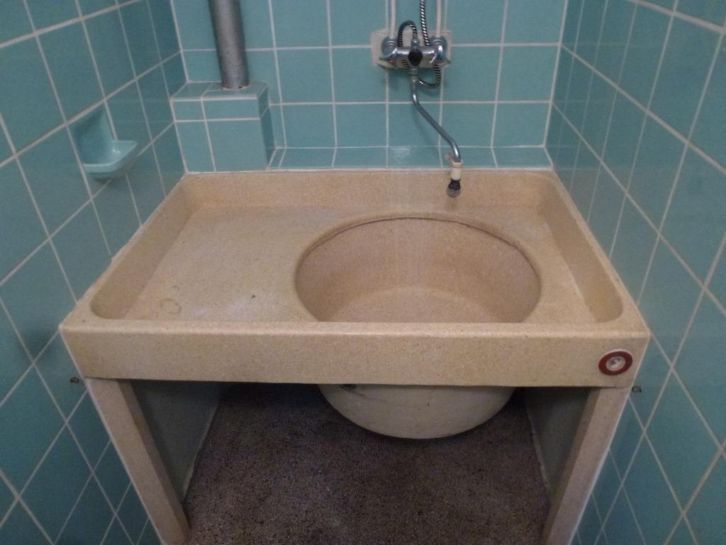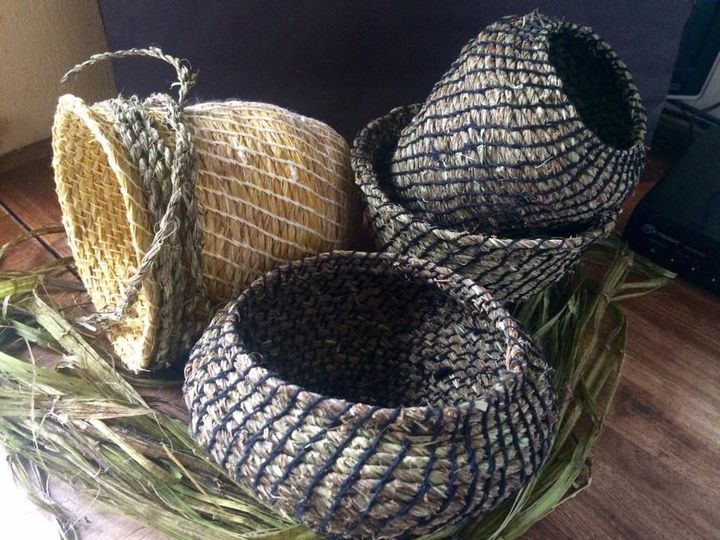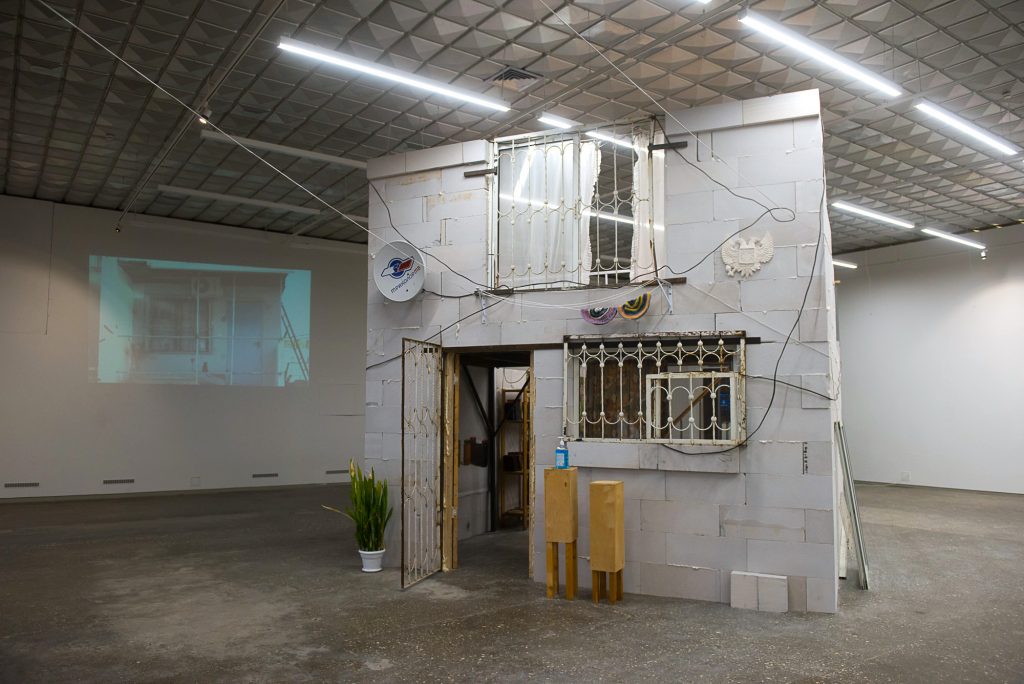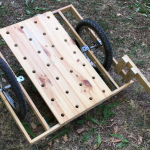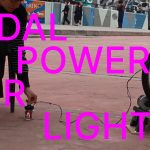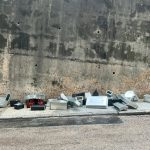Image: Marktplaats.
The lavet is a typically Dutch invention that was mainly used in social housing in the 1950s and 1960s. It was produced up to 1975, with a total production of about 1 million. The lavet is somewhere between a sink and a bathtub. It consists of a plateau with a raised edge, in which on one side is a 40 cm deep tub with a diameter of almost 60 cm. Unique to the design is the multi-functionality. The lavet fulfilled the functions of a bathroom and laundry room but required only one square meter of space. [Read more…]
